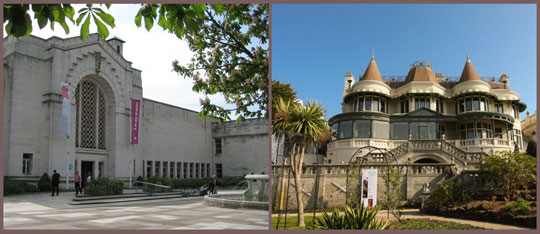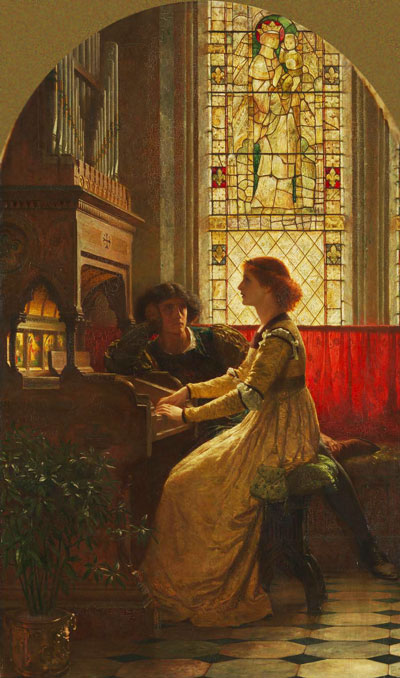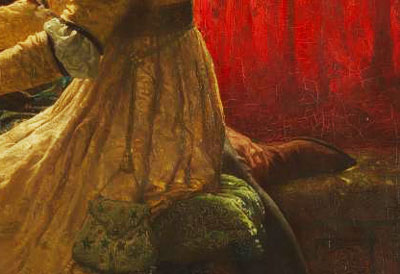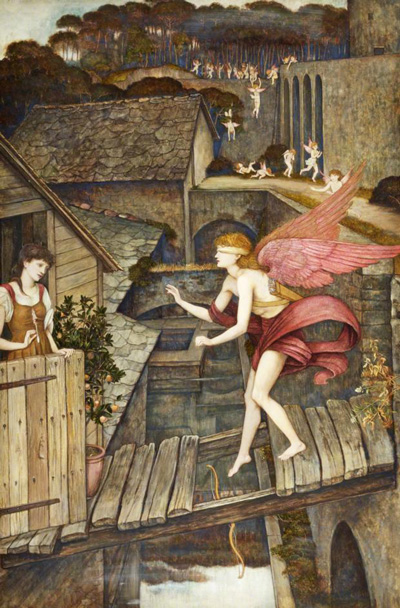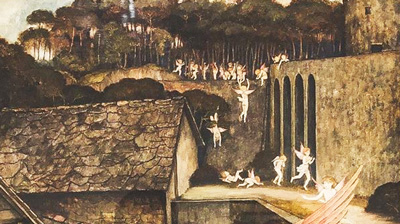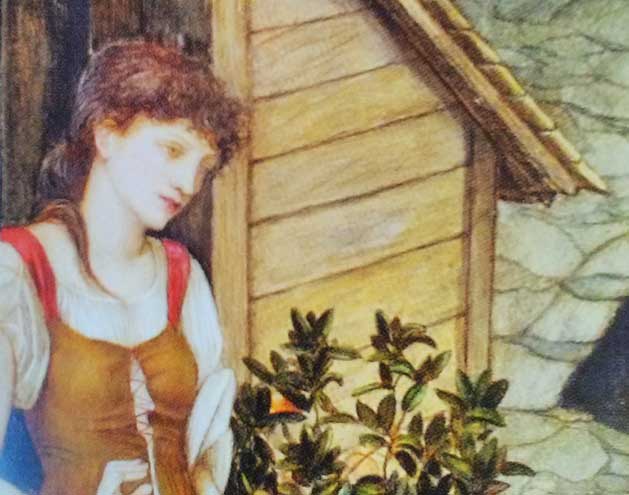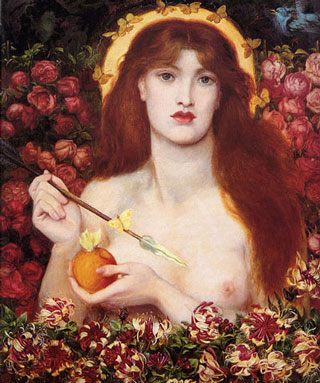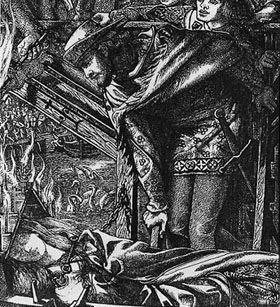So what's it all about?
Its a trait that probably makes them all the more intriguing, but Victorian painters do seem to have spent much of their creative output trying to reconcile their sexuality with their Christian (or otherwise spiritual) beliefs. And this astonishing work in all its peculiar glory is no exception. There is not just one amor or cupid here, but dozens – perhaps numberless cupids, all coming to grief in one way or another in the background.
An onrush of cupids. They just can't wait.
The woman herself, meanwhile, doesn’t seem unduly bothered. It is just something she accepts as inevitable, and not really her fault in any sense.
'Oh dear! Here comes another one.'
Perhaps it is a comment on our wanton disregard for the miracle of creation - the average healthy male’s moment of pleasure, biologists assure us, providing sufficient vital seed to populate much of the world if divided up carefully enough. The process of sexual attraction seems to be treated here with both dark humour and a noble acceptance of human folly. In a sense it is the very opposite of the previous work mentioned above. But no less amazing in its technical brilliance.
